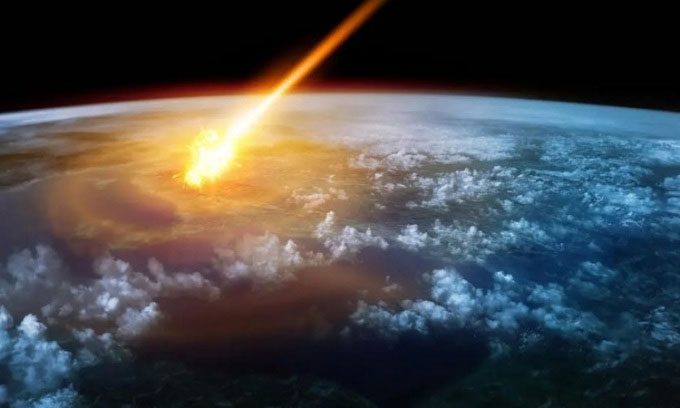A fireball blazing across the sky of Papua New Guinea in 2014 was a fast-moving object from another star system, according to a recent announcement from the United States Space Command (USSC).

Simulation of a meteor flying through Earth’s atmosphere. (Image: Independent)
The small meteor, measuring 0.45 meters in diameter, entered Earth’s atmosphere on January 8, 2014, after traveling through space at a speed exceeding 210,000 km/h, a rate that far surpasses the average speed of meteors in the Solar System, according to a 2019 study published on the arXiv database, as reported by Space on April 12.
The 2019 study concluded that the speed and trajectory of the meteor indicate it is an object originating from outside the Solar System with a 99% probability. It may have come from a planetary system or a star within the dense dust disk of the Milky Way. However, this study has not been published in a scientific journal due to some necessary information for verifying the calculations being classified as confidential by the U.S. government.
Currently, scientists at the USSC have officially acknowledged the findings of the research team. On April 6, Lt. Gen. John E. Shaw, deputy commander of the USSC, stated that the 2019 analysis of the fireball “is accurate enough to confirm an interstellar trajectory.” This announcement transforms the 2014 meteor into the first interstellar object detected in the Solar System, three years earlier than ‘Oumuamua, the famous cigar-shaped object that was moving so fast that researchers believed it originated from another star system.
Amir Siraj, an astrophysicist at Harvard University and the lead author of the 2019 study, shared that he still intends to publish the discovery results. Since the meteor exploded over the South Pacific Ocean, it is possible that some fragments fell into the water and are resting on the ocean floor. Although finding these meteorite pieces is nearly impossible, Siraj is consulting with experts about the feasibility of conducting an expedition to collect the fragments.





















































